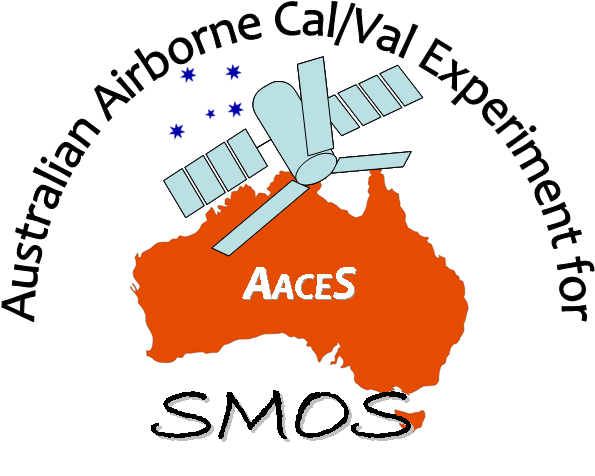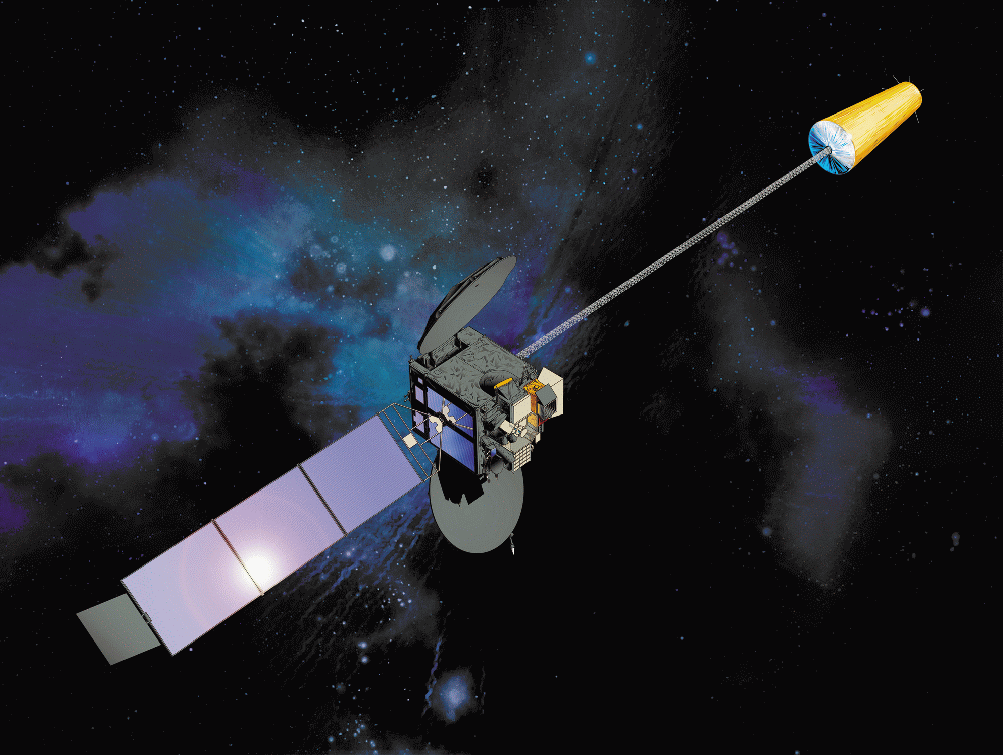

 |
Welcome to the | |
 |
AACES-2 Project | |
| Australian Airborne Cal/val Experiment for SMOS |
|
Home page
Google Earth (KML file) Workplan SMOS AMSR-E WindSat ASCAT PALSAR ASAR MODIS MTSAT-1R ASTER Landsat CHRIS AVNIR-2 PLMR data Thermal Infrared data Multi-Spectral data Monitoring stations Soil moisture sampling Vegetation sampling Campaign shapefiles DEM Land use Climate data Soil classification Soil water capacity Soil texture analysis AACES homepage Moisturemap homepage |
The Multi-functional Transport Satellite (MTSAT) Source: http://www.jma.go.jp, access on 28th, Apr. 2010
Source: http://www.jma.go.jp, access on 28th, Apr. 2010
The Multi-functional Transport Satellite (MTSAT) series fulfils a meteorological function for the Japan Meteorological Agency and an aviation control function for the Civil Aviation Bureau of the Ministry of Land, Infrastructure and Transport. The MTSAT series succeeds the Geostationary Meteorological Satellite (GMS) series as the next generation of satellites covering East Asia and the Western Pacific. This series provides imagery for the Southern Hemisphere every 30 minutes at 4km resolution in contrast to the previous hourly rate, enabling the Japan Meteorological Agency to more closely monitor typhoon and cloud movement. The MTSAT series carries a new imager with a new infrared channel (IR4) in addition to the four channels (VIS, IR1, IR2 and IR3) of the GMS-5. Since this data is always available no coverage table is required. MTSAT-1R data can be downloaded from JMA.
|
||||||||||||||||||||||||||||||||||||||||||||||||||||||||||||
|
Created: September 2010 Last Modified: September 2010 Maintainer: YE Nan, Ye.Nan@monash.edu |